When it comes to sports portraits, energy and motion can often get lost in a still image. But what if you could show that movement while still keeping your subject sharp? That’s exactly what photographer Jaison Sterling of Rock Town Media set out to do in this creative shoot featuring dynamic light trails and motion blur. Using a mix of strobes and continuous lighting, Jaison walks us through how to freeze motion while also showcasing it in a single frame.
What Are Light Trails and Motion Blur?
Light trails and motion blur are streaks or blurs that appear in a photo when either the light source or the subject moves during a long exposure while the camera’s shutter is open. This technique captures movement in a single frame, adding energy, direction, and a sense of story to your image.
In sports portraits, these effects give a dynamic and dramatic feel. Rather than just freezing one moment, you’re capturing the path to that moment which can add emotion, intensity, and visual impact.
What You’ll Need
To create these kinds of images, you’ll need:
- Off-Camera Flash to freeze the subject at the end of the movement
- Constant Light with both front and rear curtain sync to create the light trails during the long exposure
- Camera with manual settings and Bulb mode
- Dark Environment, so you can control all the light hitting your subject
- An optional tripod for consistency and stability, especially for longer exposures. Tape to mark your subject’s spot on the floor.
Lighting Setup for Light Trails & Motion Blur
Here’s what Jaison used for the athlete portrait session—and more importantly, why:
Main Light: FJ400 II Strobe with 53″ Silver Deep Umbrella
- The silver umbrella gives a punchy but broad light, which helps evenly light the subject even if they shift slightly during their motion. It’s placed slightly to the side and angled down to give the portrait some dimension and shadow.
Edge Light: FJ400 II Strobe with 45° Deep Focus Reflector
- This rim light helps your athlete pop off the background. The long-throw reflector keeps the light focused so it doesn’t spill into places you don’t want it.
Constant Light: L120-B LED with 45° Deep Focus Reflector & Blue Gel
- This light is responsible for creating the motion blur and color trail. The blue gel adds a creative touch, and placing the light behind the subject ensures the trail follows their movement rather than washes over their face.
Pro Tip: Control the Ambient Light
This type of shot won’t work if you have uncontrolled ambient light. Jaison recommends shooting in a completely darkened space and turn off house lights, block windows, and eliminate any unwanted light sources. The only light during the long exposure should be your constant light.
Rear Curtain vs. Front Curtain Sync
This technique works best if your flash fires at the end of the exposure, after the light trail is captured. That’s called rear curtain sync, and it’s what freezes your athlete at the perfect final moment.
- Rear Curtain Sync fires the flash at the end of the exposure, after the motion blur is captured. This freezes the subject after the movement, which looks natural and clean.
- Front Curtain Sync fires the flash at the start of the exposure, meaning the blur appears after the subject is frozen. This can often look messy and backwards.
Depending on the look you’re going for, or the type of movement you’re capturing, either Rear or Front Curtain Sync could work better. Rear Curtain Sync is ideal for clean, dramatic portraits where motion leads into a final, frozen moment. Front Curtain Sync might give you something more abstract or experimental. As always with creative lighting, try both and see which one gives you the result you’re after.
Camera Settings and Why
These settings are a great starting point but keep in mind, every shoot is different. Don’t be afraid to adjust based on your lighting, subject, or creative goals.
ISO: Keep it low, Jaison uses ISO 64 to reduce noise and allow for a longer exposure.
Aperture: Jaison sets the aperture at f/8 for a good balance of depth of field and sharpness.
Shutter Speed: Use Bulb Mode, which lets you manually open and close the shutter. Start the exposure when the athlete begins moving and end it just as they hit the final pose, this gives you full control over the length of the light trail.
How to Focus: Pre-focus on the final position where your subject will stop (using a piece of tape or marker on the floor). You won’t be able to autofocus while the shutter is open.
Movement Is Everything
Contrary to what you’d expect, slow movement is better. The slower the athlete moves, the longer your shutter can stay open, and the more defined your light trail will be.
And don’t stop there, move your camera, too. Jaison gets creative by panning, tilting, and even rotating the camera during the exposure to build motion. You can start outside the frame, move in, and end the shot with a frozen subject. The key is to experiment.
Other Tips when Shooting Light Trails
- White clothing pops best with colored gels, dark clothes won’t reflect the color as well.
- Have your subject move in one direction and end in a different spot. This avoids having light trails streak across their face.
- You don’t need a tripod. Jaison often shoots handheld for freedom to move and experiment.
- You can create light trails even with a still subject. Just move the camera instead!
Final Thoughts: Let Yourself Play
These types of portraits are all about trial and error. Each image will be a little different and that’s the fun of it. Jaison encourages photographers to get creative with lighting, movement, and camera techniques. “The possibilities are endless,” he says.
Whether you’re photographing basketball players or dancers, light trails let you tell more of the story in a single shot. So, grab your gear, find a dark room, and get experimenting. You never know what kind of magic you’ll capture until you try.
Want to see more of Jaison Sterling’s work? Check out Creative Lighting Techniques for Indoor Sports Portraits to learn how he transforms a high school gym into a dramatic portrait setting.

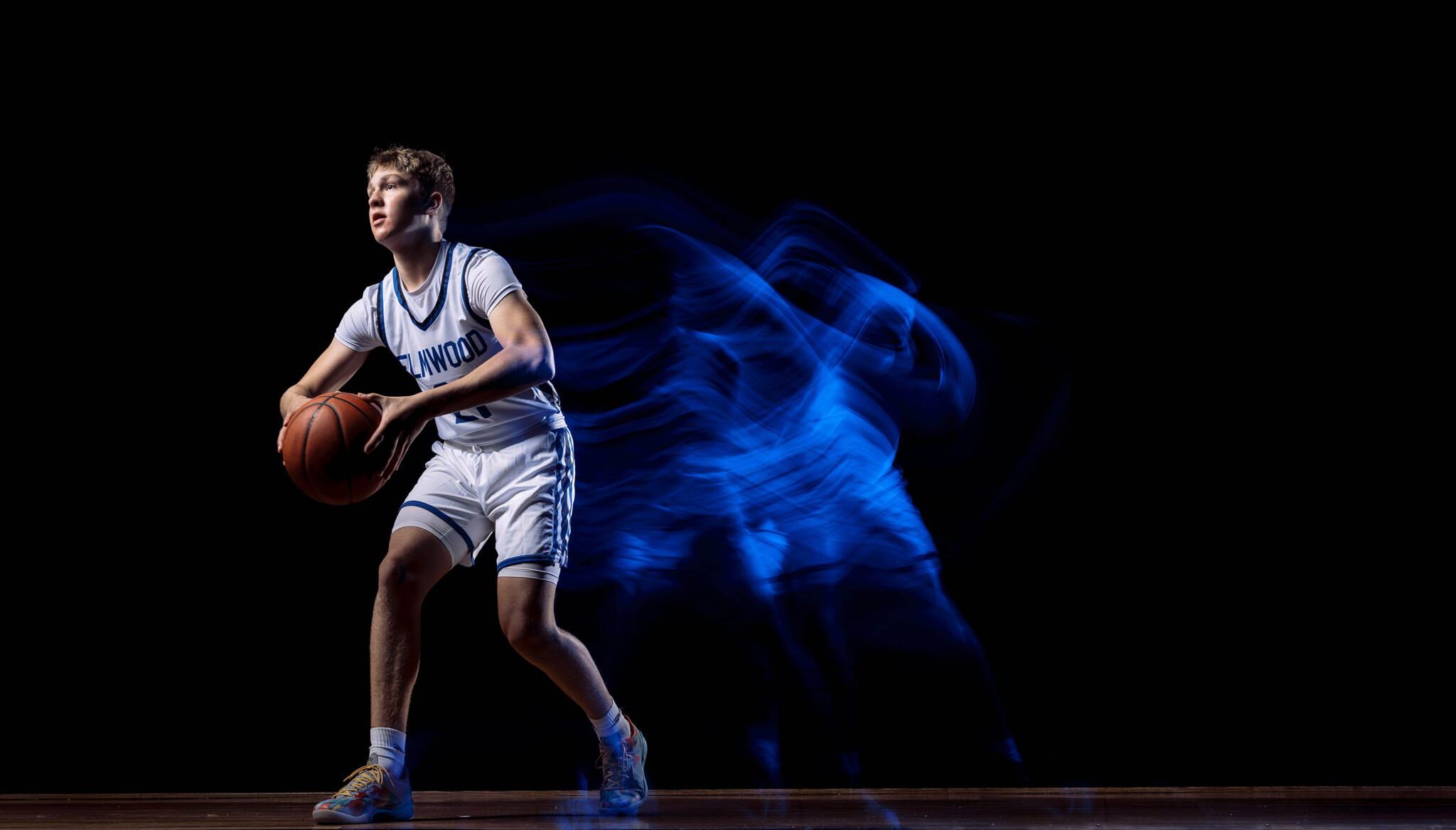

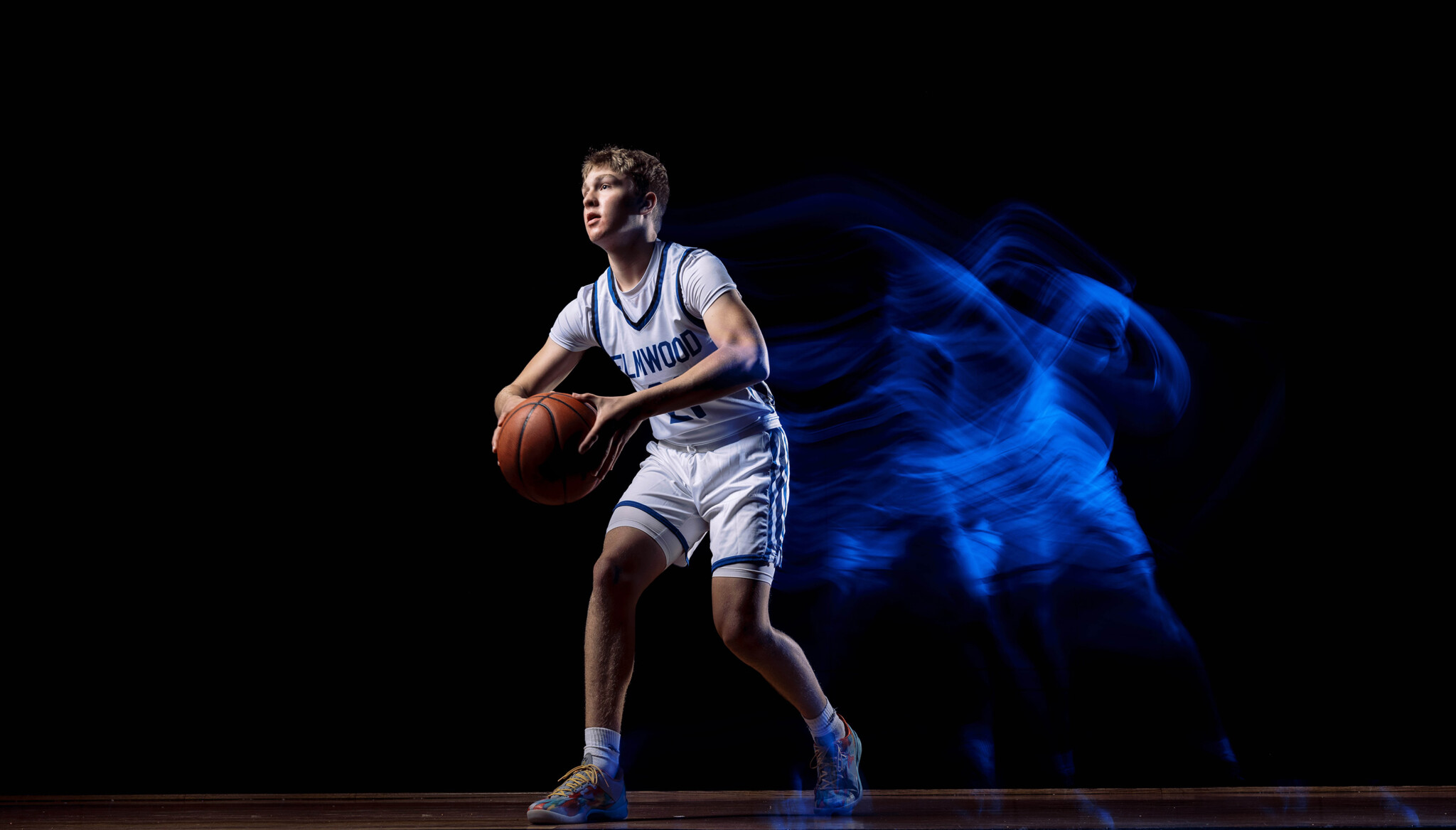
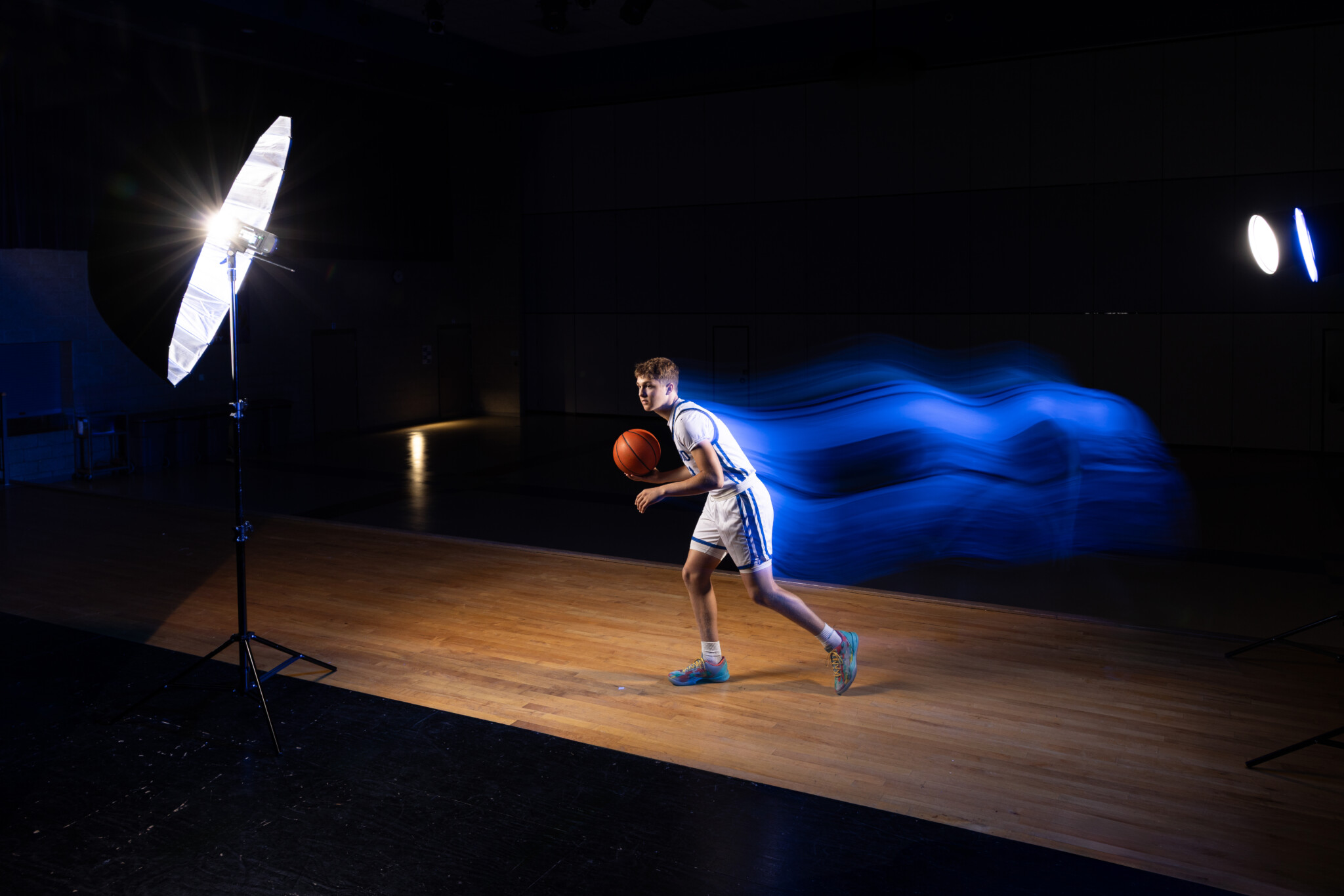
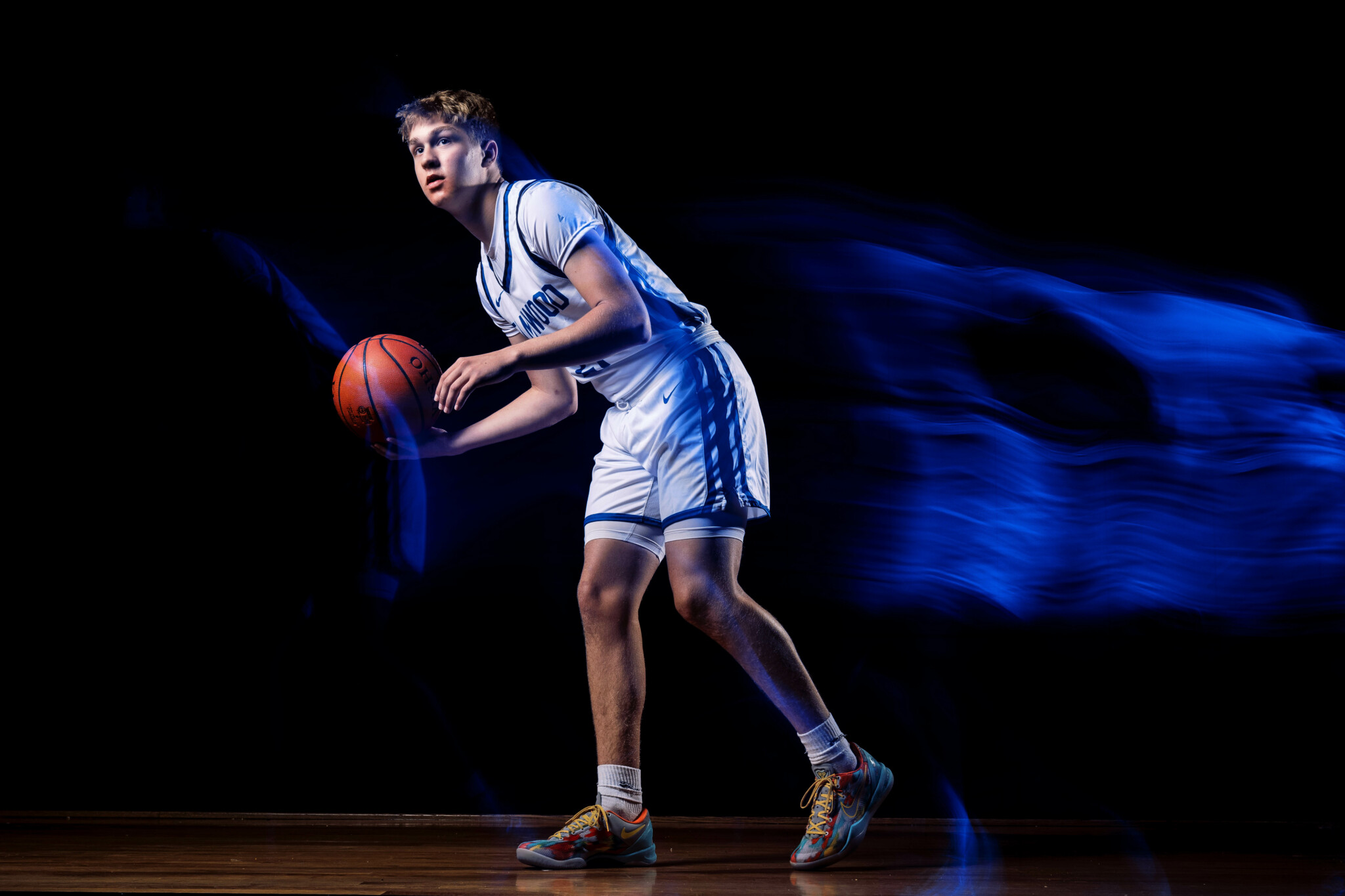
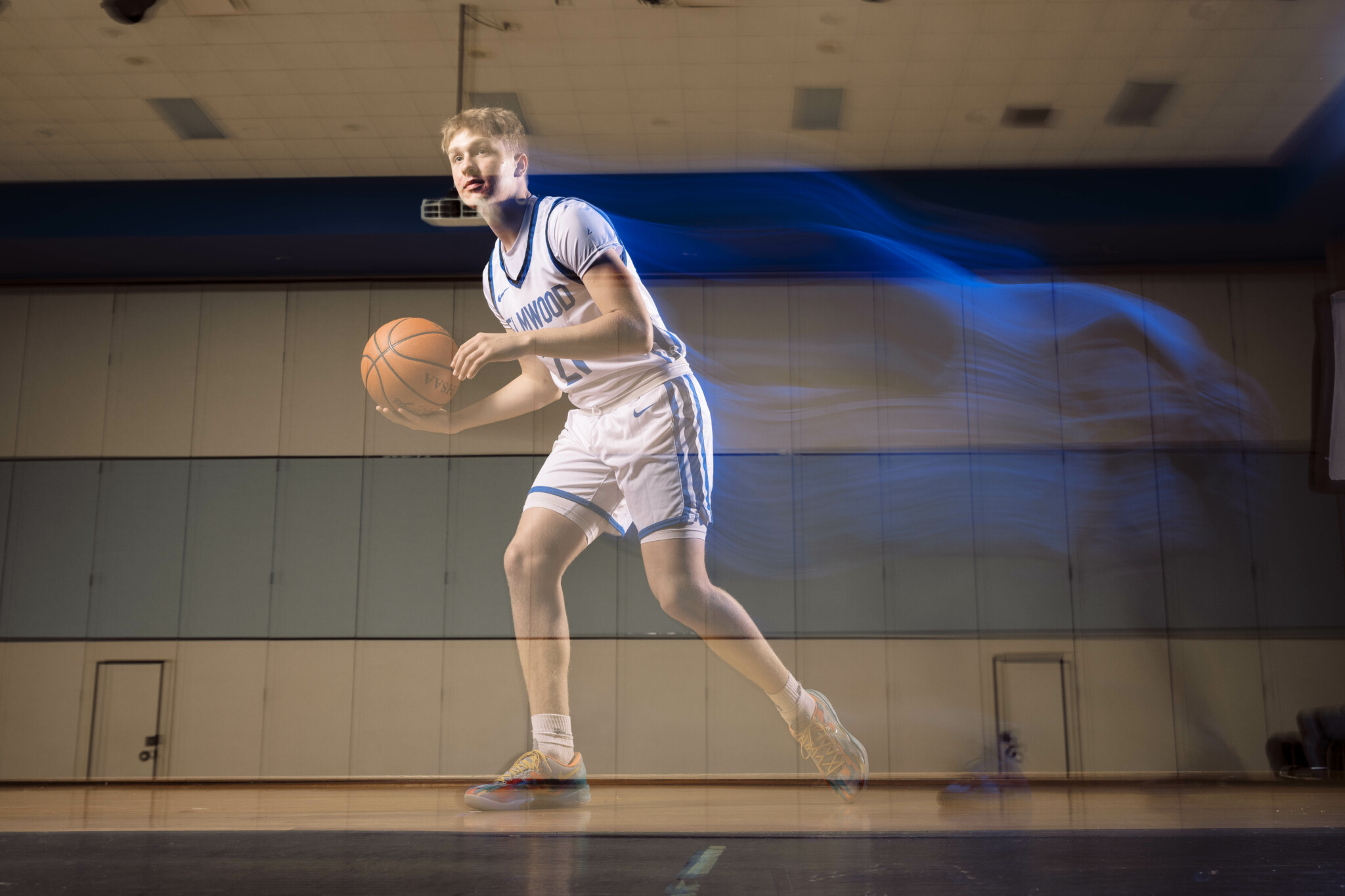

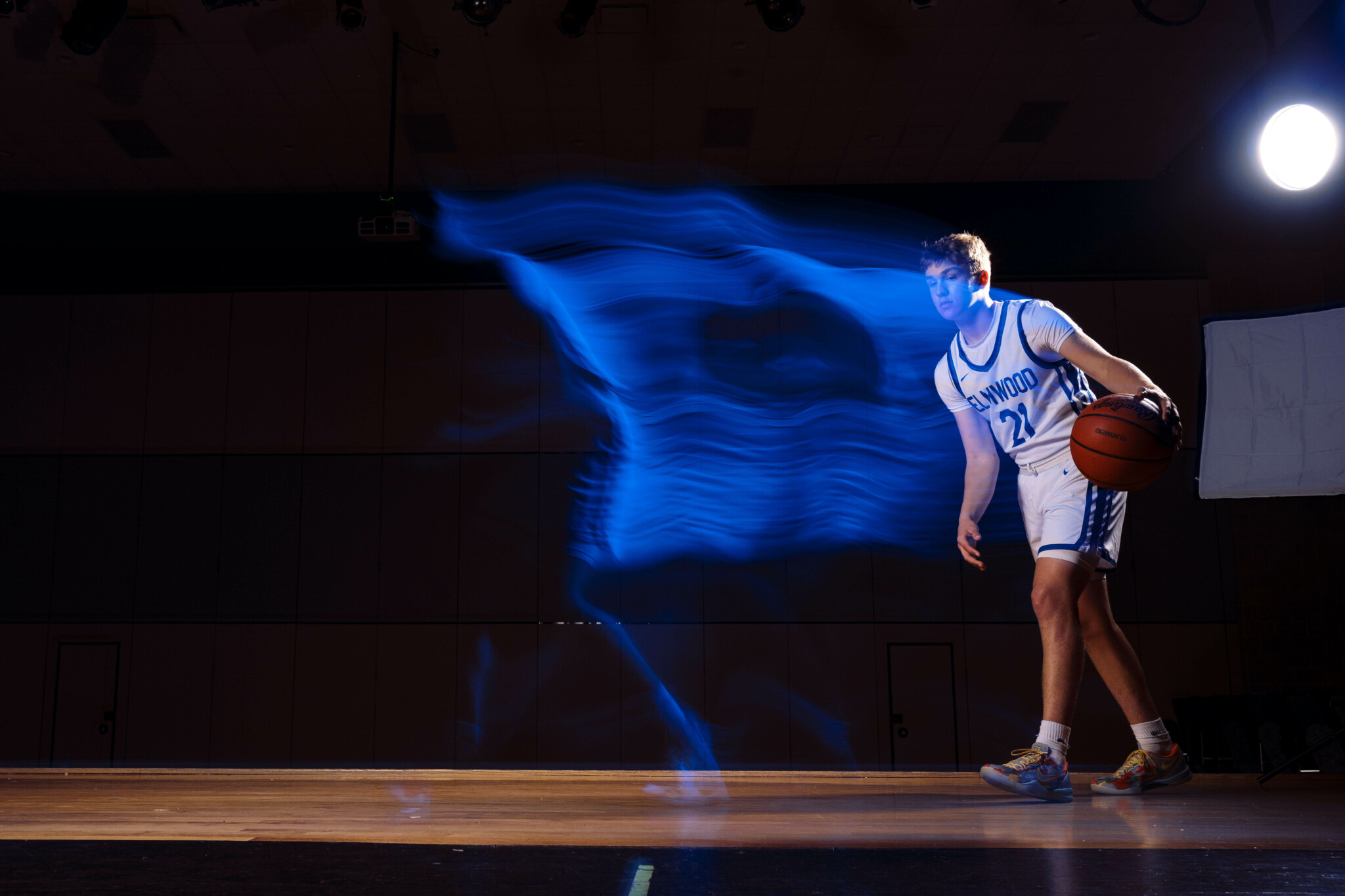
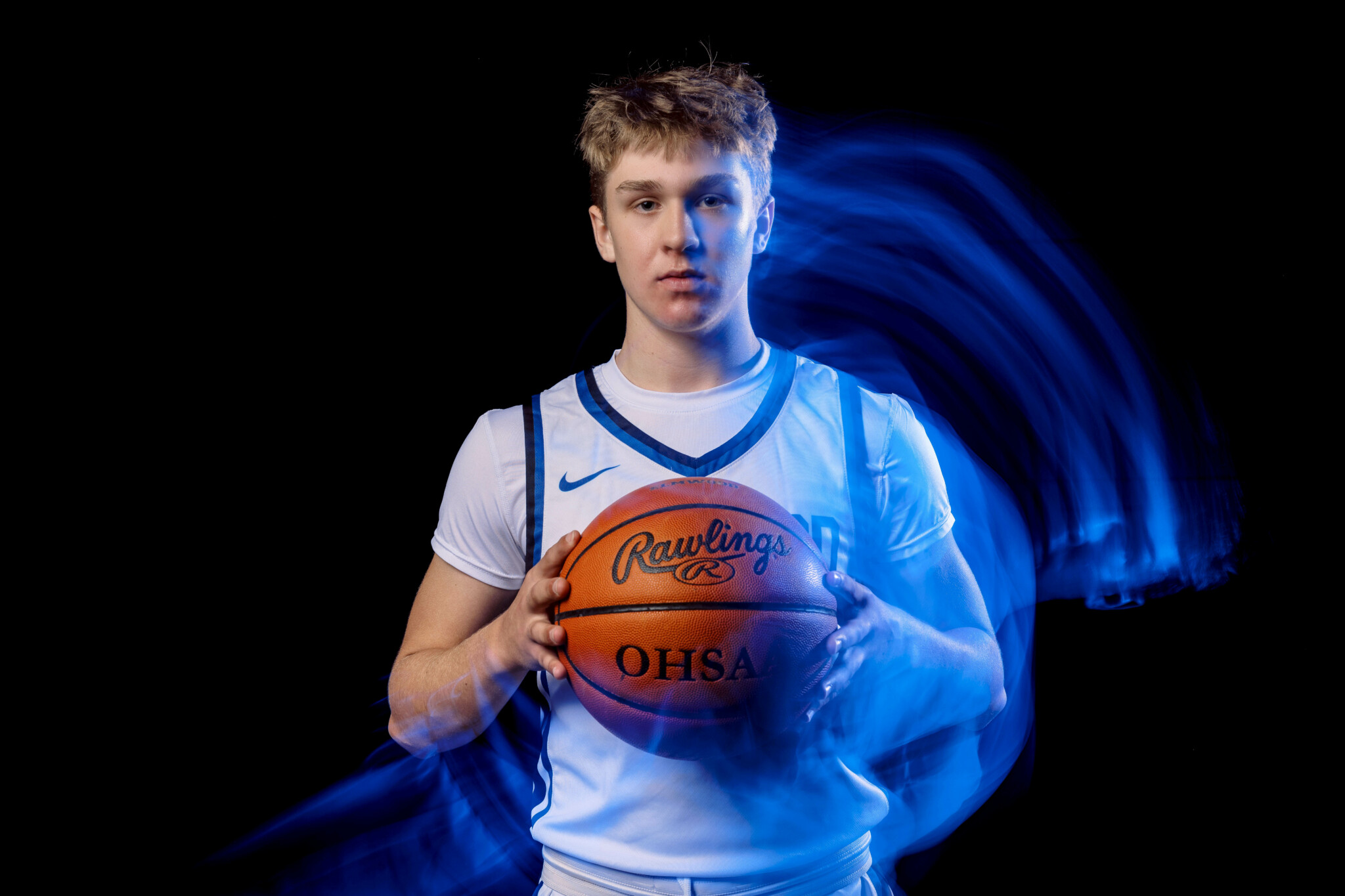
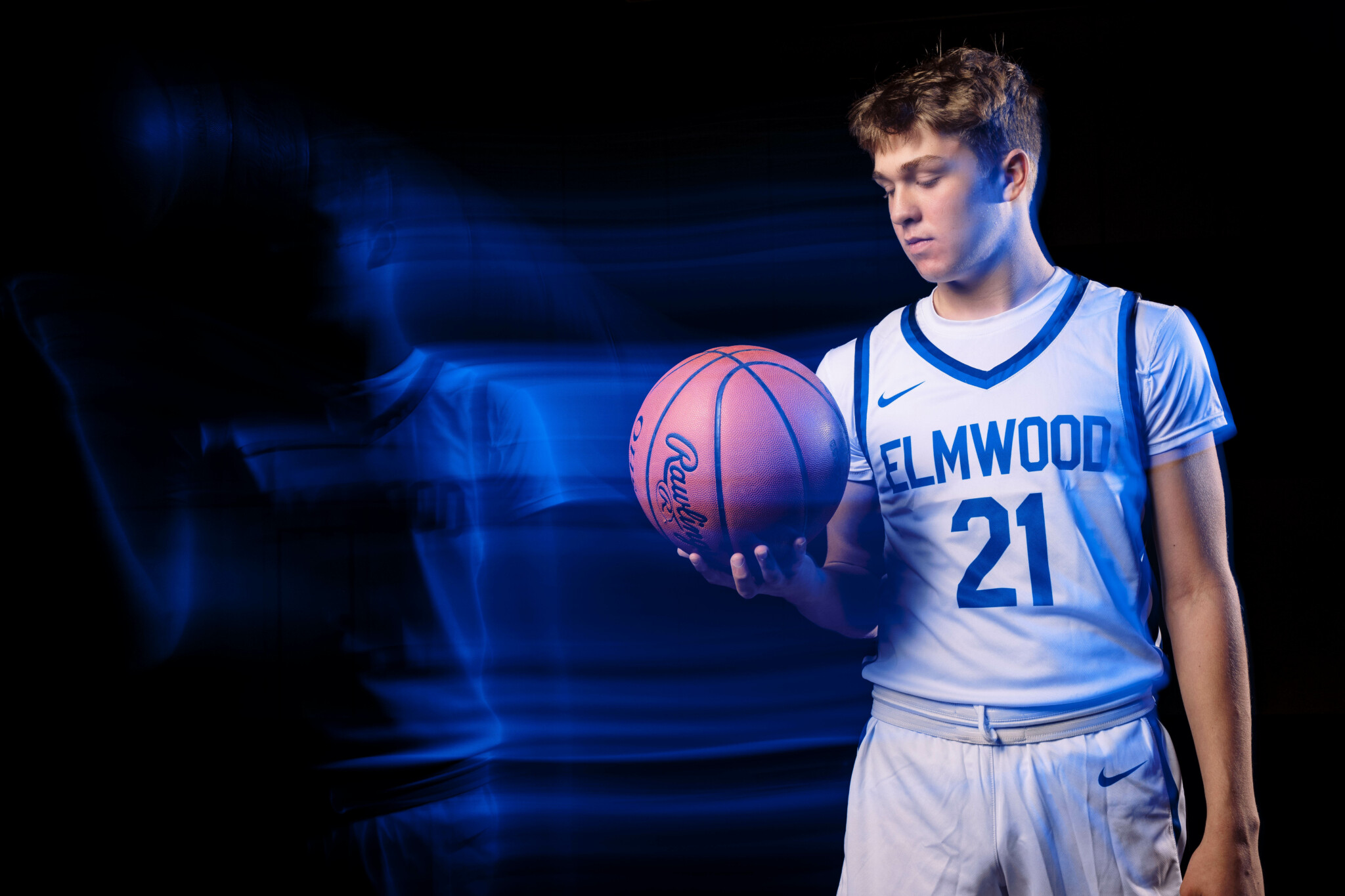
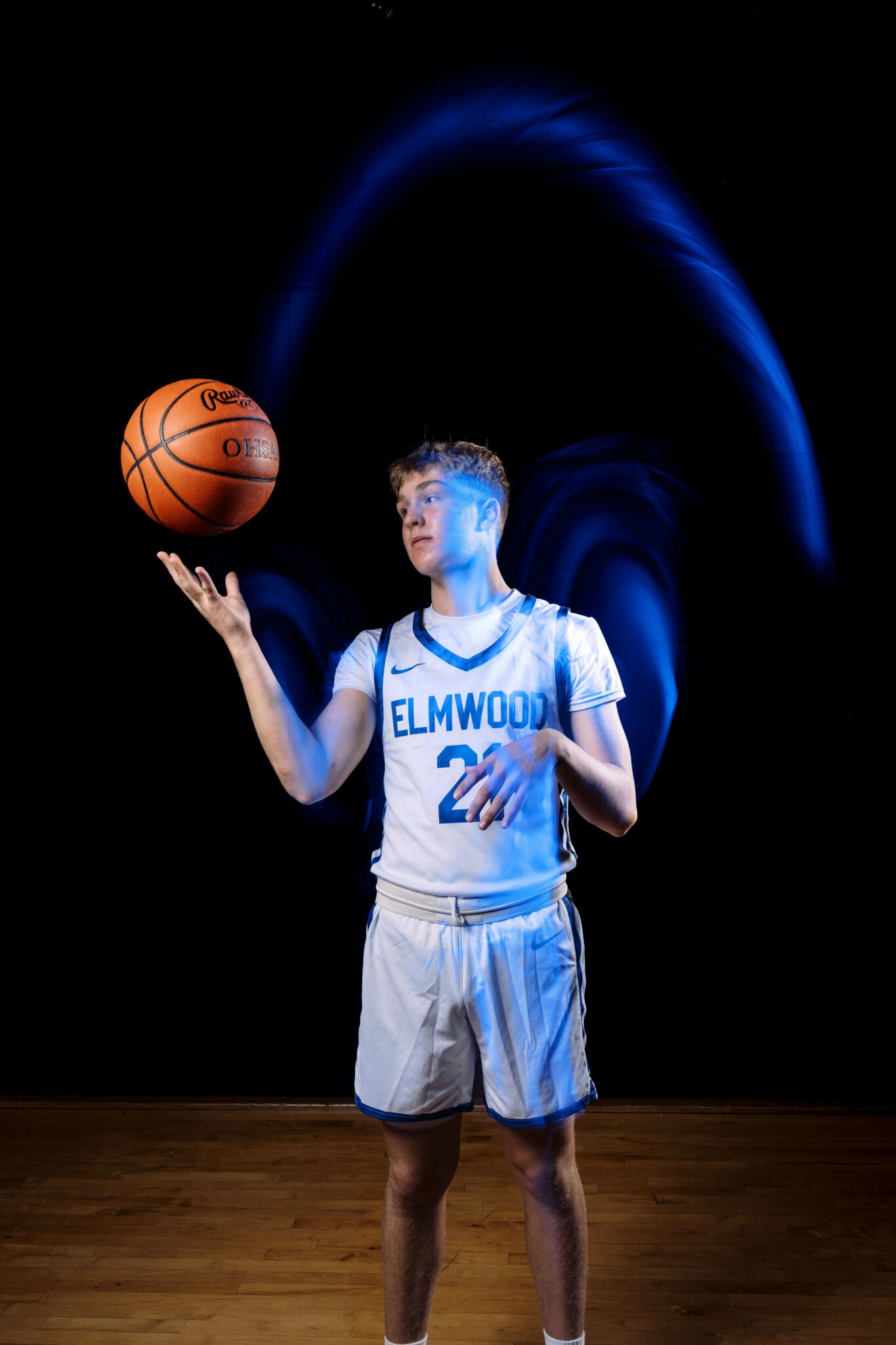




You must be logged in to post a comment.